10 Signs Another Stock Market Crash Is Coming
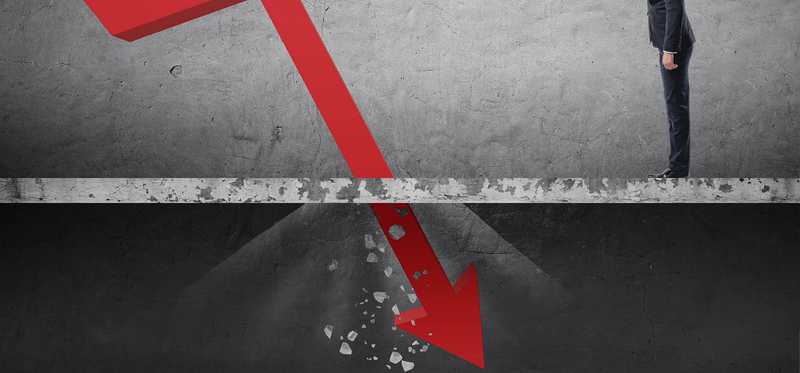
10 Signs Another Stock Market Crash Is Coming
Cause for concern?
At the start of 2020, few could have imagined the volatility that both Wall Street and Main Street would experience in a six month or so span. The list includes a bear market, a shockingly rapid bull market, COVID-19 and its massive (and global) economic impact, and a public movement calling for social change that started in the United States but that quickly went worldwide. These are unique times, but in the end, all times are unique.
Which brings up a saying that is, perhaps, of increasing importance today for investors. To paraphrase, history doesn't repeat itself, but it usually rhymes. And there are a large number of worrying signs that the market is heading for a crash. Here are 10 signs that long-term investors should look at and understand right now before it's too late.
5 Winning Stocks Under $49
We hear it over and over from investors, “I wish I had bought Amazon or Netflix when they were first recommended by the Motley Fool. I’d be sitting on a gold mine!” And it’s true. And while Amazon and Netflix have had a good run, we think these 5 other stocks are screaming buys. And you can buy them now for less than $49 a share! Simply click here to learn how to get your copy of “5 Growth Stocks Under $49” for FREE for a limited time only.
Previous
Next
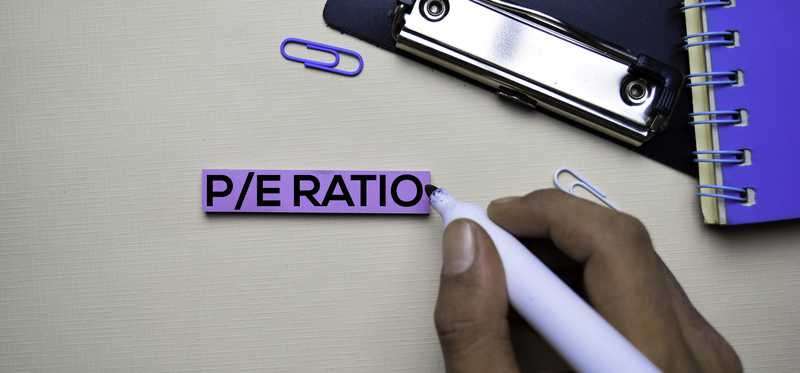
1. Price-to-earnings ratio
The P/E ratio is one of the go-to metrics when looking at an individual company's valuation. It basically tells you how much you are paying per dollar of earnings. The bigger the number the more expensive the stock. However, you can calculate a P/E for the market as well.
And right now the market's P/E, using the S&P 500 Index as a market proxy, is over 22 times. To be fair, that number has been higher before. But the average P/E for the market is around 15 or so. More troubling, when the S&P's P/E ratio gets into the range it is in now, a market correction is often close behind.
Previous
Next

2. The Super P/E
While definitely a valuable tool, P/E is something of a troubled number when you look at it at a given point in time and compare it to the past. The reason is that short-term trends (notably profit margin variability tied to economic conditions) can materially distort the denominator, earnings. But you can clean up the noise by "adjusting" the earnings figure via things like examining longer time periods and using complicated math to offset the impact of economic cycles. That's what the cyclically adjusted price to earnings (CAPE) ratio does. This ratio is also known as the Schiller P/E after Robert Schiller, the man who helped to create and popularize the metric.
There are some technical issues involved in creating the CAPE that, luckily, you don't really need to know. The real issue is understanding what the number means. Like a regular P/E, higher figures indicate higher valuations. Today the CAPE is nearly 30 times. The 20-year average is closer to 26 times, while the longer-term average is roughly 17. Like the P/E ratio, the CAPE has been higher before, but those instances are pretty important: the Great Depression and the Dot.com bubble. Those are terrible historical reference points.
Previous
Next
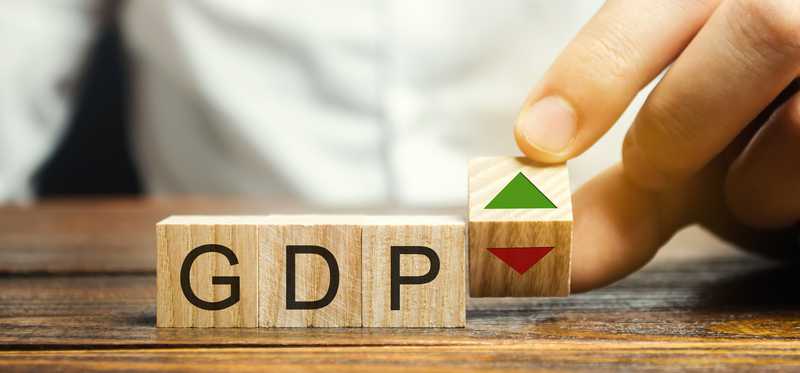
3. What's Buffett think?
Investment icon Warren Buffett is typically pretty silent when it comes to his investment opinions. In other words, don't expect him to tell you specifically what to buy or when. However, he frequently provides insight into his investment approach in Berkshire Hathaway (NYSE: BRK.A) annual reports and, at times, when granting interviews. One little nugget of wisdom is that, when it comes to valuation, he likes to look at the market cap of all stocks as a percentage of a country's business. It's often called the Buffett Indicator, with higher percentages indicating that the market is more expensive.
Today, using GDP as a measure of U.S. business, the Buffett Indicator is about 150%. To provide some reference, anything below 90% is generally thought to indicate a discounted valuation. A number between about 90% and 110% is considered fairly valued. Meanwhile, a figure above 130% or so is indicative of significant overvaluation. You get the picture, the market looks expensive today and expensive markets often resolve themselves with bear markets.
Previous
Next
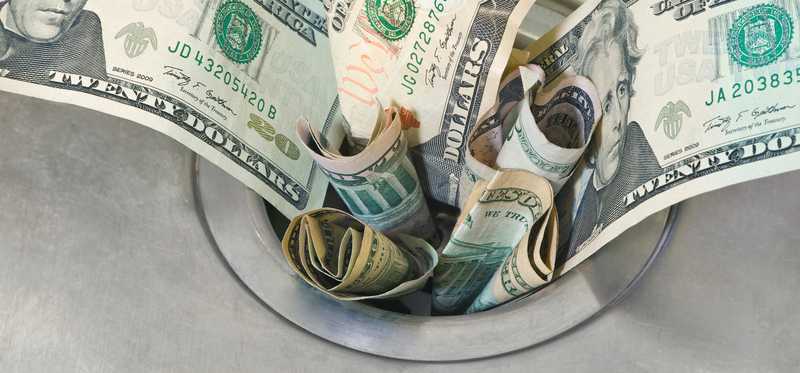
4. Rampant speculation
Another sign of a market top is when investors start to make poor investment decisions, driven by a desire to strike it rich -- quickly. During the Dot.com era that meant buying up initial public offerings (IPOs) of companies with no earnings. Leading up to the 2007 to 2009 recession, the speculation was in the housing space. Not only were people buying houses they could ill afford, but some were buying houses using debt that they hoped to "flip" to another buying at a higher price.
Today, one frightening example of excess is that investors are speculating in the shares of bankrupt or near-bankrupt companies. Shareholders are almost always wiped out in a bankruptcy, since they are the lowest level creditors. The height of the absurdity was when Hertz, a company already in bankruptcy, announced that it wanted to sell new shares. The reason? Investors had bid the company's likely-to-be-worthless stock up and, well, why not take advantage of the situation. Luckily the SEC stepped in and effectively put an end to the idea. But speculation in bankrupt and near-bankrupt companies (ones that have openly explained that they may not be able to remain going concerns) continues.
5 Winning Stocks Under $49
We hear it over and over from investors, “I wish I had bought Amazon or Netflix when they were first recommended by the Motley Fool. I’d be sitting on a gold mine!” And it’s true. And while Amazon and Netflix have had a good run, we think these 5 other stocks are screaming buys. And you can buy them now for less than $49 a share! Simply click here to learn how to get your copy of “5 Growth Stocks Under $49” for FREE for a limited time only.
Previous
Next
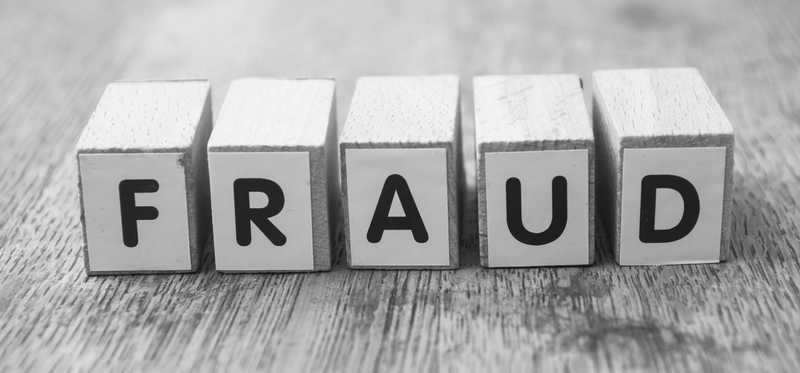
5. Outright fraud
When markets get a little over exuberant there's another element that generally comes to the fore: liars and scoundrels. Effectively, companies and the people that run and work for them, engage in fraud. There are any number of ways that can manifest itself. For example, part of the problem in the 2007 to 2009 housing crisis was that people were granted mortgage loans they couldn't afford. At least some of that was related to loan approvals that were made based on fraudulent information. The consumer clearly had a role in that, but so, too, did loan officers who helped people game the system.
Right now we're seeing some serious abuse at the highest corporate levels, including Chinese coffee company Luckin Coffee and Europe's Wirecard. According to a company investigation, Luckin Coffee's CEO and CFO appear to have simply made up $300 million in revenue, among other transgressions. Wirecard, however, outdid that, by "losing" $2 billion that may or may not have existed in the first place. If history is any guide, these types of events are a bad sign.
Previous
Next
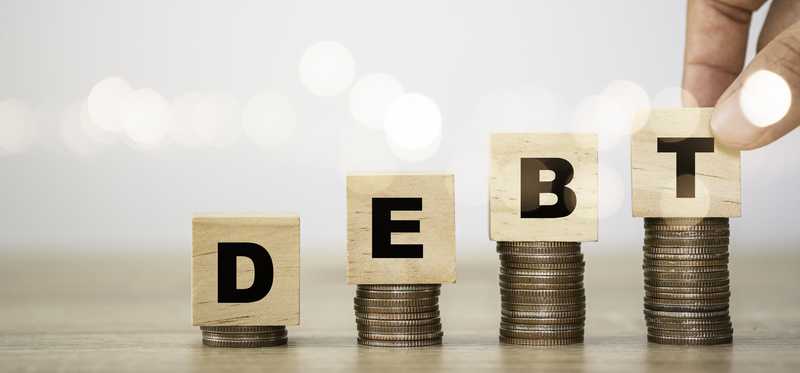
6. Leverage is great until it's not
One of the biggest problems during the housing crisis was the use of leverage to buy homes. The foundation of that was a banking system that provided loans to borrowers ill equipped to pay them. Yes, the real hit took place when those homebuyers, who couldn't afford the loans they took out, stopped paying their monthly mortgage bills. At that point, the entire house of cards collapsed. But it was the absolute size of the debt pile that was the real problem. Leverage is a powerful tool, but it can work against you just as easily as it can work for you.
Today's debt problems are at the corporate level. At the end of 2019 there was an all-time record amount of debt sitting on company balance sheets globally. The U.S. accounted for roughly $6.6 trillion of that figure, according to industry-watcher Moody's, a nearly 80% increase since the end of the last recession. In some ways it makes sense that companies would issue debt, given that interest rates are historically low today. However, that debt needs to be paid off. And the interest costs need to be covered until it is. The International Monetary Fund, a global financial watchdog, was already warning of this issue in late 2019, suggesting that an economic shock could turn this debt pile into a major economic headwind. That was before the world was hit by a global pandemic that shut down large swaths of the world's economy. This is a major overhang that could easily tip the market into another downturn.
Previous
Next

7. Debt on the brink
If all of the debt in the world today was super high quality, AAA material it wouldn't be quite so worrying. But that's not the case. Going back to the housing crisis example again, if the massive increase in mortgage debt was associated with home buyers that could easily afford it there wouldn't have been a problem. The issue was that people who couldn't afford loans were granted loans at a massive scale.
In the corporate world bonds are ranked by credit agencies, providing some broad idea of how likely they are to be able to support the debt they've taken on. The ranks run from AAA (the highest quality) to D (default). Although there are a number of incremental quality scores in between those two, investors usually break bonds down into investment grade (BBB and above) and below investment grade (BB and lower), or junk. According to BlackRock (NYSE: BLK), BBB rated bonds make up around half of U.S. investment grade corporate debt. In other words, half of the debt considered high quality is only one step away from junk. If the International Monetary Fund is right about its concerns (see point 6), then the U.S. economy could see the amount of junk debt rise quickly and materially. This is no small issue, since lower bond ratings will make it more expensive to borrow, increasing costs for companies at what will likely be the worst possible moment. This could easily start a spiral that ends in a market downturn.
Previous
Next

8. Covenant light debt
There's one more issue to consider when it comes to corporate debt and that's the safeguards built into the debt agreement. Known as debt covenants, they stipulate things like the amount of overall leverage a company can take on, the minimum allowable interest coverage, and what bond holders are legally allowed to do if a company falls short of the pre-set goals. Although not a perfect reference point, one of the problems in the housing crisis that led up to the 2007 to 2009 recession was that mortgage approval requirements (akin to covenants in many ways) were loosened and, in some cases, information was willingly falsified. When things went south, the looser lending standards amplified the pain.
Today, corporate loan covenants are particularly weak. According to Moody's, which rates loan covenants on a 1 (good) to 5 (bad) scale, U.S. junk bonds were at roughly 4.5 at the start of 2020. In other words, the riskiest debt is carrying very limited protections for bond investors. This is not unique to below investment grade debt. Effectively, bond holders are likely to get hit harder than they might otherwise have been hit if, perhaps when, companies start to default on their loans. The implication isn't directly related to the stock market, but if things get ugly for bond investors it will probably spill over to stocks.
5 Winning Stocks Under $49
We hear it over and over from investors, “I wish I had bought Amazon or Netflix when they were first recommended by the Motley Fool. I’d be sitting on a gold mine!” And it’s true. And while Amazon and Netflix have had a good run, we think these 5 other stocks are screaming buys. And you can buy them now for less than $49 a share! Simply click here to learn how to get your copy of “5 Growth Stocks Under $49” for FREE for a limited time only.
Previous
Next

9. Unemployment may be worse than it seems
The economic shutdowns enacted to slow the spread of COVID-19 had a swift and brutal impact on employment. Companies unable to be open because of the government-mandated closure of non-essential businesses laid off workers to save money. The impact on U.S. employment numbers was unprecedented, with record numbers of people filing for unemployment in late March and April. There's no need for historical precedent here, the logic is very simple -- if people aren't working they can't buy stuff and the economy suffers. Those that still have a job pull back for fear they may end up employed as well, and the economy suffers. You don't need a PhD in economics to understand that high unemployment is bad.
But the rate of people signing up for unemployment benefits has fallen off quite sharply as COVID-19 related economic restrictions have been lifted and people are now heading back to work. That's the good news. The bad news is this improvement may be masking a far more worrisome trend (a fact that has nothing to do with data reporting errors that occurred during this period). Indeed, many of the jobs losses could end up being permanent. Some economists, looking at historical periods with high layoffs, suggest that as many as 40% or so of the layoffs taking place today could end up being permanent. We won't know the full impact for months if not years, but if that number is even close to accurate, the economic recovery from the coronavirus could take much longer than some are hoping. This would put additional pressure on Wall Street at a time when it is already under significant duress.
ALSO READ: 3 Cheap Stocks That Could Be Bargains if the Market Crashes
Previous
Next

10. COVID-19
It would be impossible to discuss the potential for a bear market without discussing the COVID-19 pandemic. Fear surrounding this fast-spreading illness was the reason for the early 2020 bear market. Some were surprised that investors turned so positive so quickly, and pushed the market back into a bull market just as quickly as they had pushed into a bear market. That said, this type of volatility isn't unusual. The market crash associated with the Great Depression is perhaps the best example. There was an initial sell off in 1929 of roughly 50% that was followed by a nearly 50% recovery rally. But after that rally came to an end, Wall Street started to fall anew, eventually finding a bottom in 1932. From the high to the low, the market gave up nearly 90% of its value.
Here's the thing, the world isn't having much success in containing the spread of COVID-19. It appears that a lot of hope is being pinned on a vaccine that may or may not pan out. Meanwhile, infection rates in the United States, in particular, are on the rise again as the country attempts to reopen for business. The best case scenario at this point appears to be a long, slow business recovery. The worst case would be a need to go back into country-wide lockdown mode. Neither outcome will be very good for businesses or the people that work for those companies. The broader economy is just the roll up of all of that, so right now there's actually a lot of bad news that investors appear to be ignoring as they push stocks higher. If the economy stalls, COVID-19 could easily be responsible for not one, but two bear markets.
Reuben Gregg Brewer has no position in any of the stocks mentioned. The Motley Fool owns shares of and recommends Berkshire Hathaway (B shares) and Luckin Coffee Inc and recommends the following options: long January 2021 $200 calls on Berkshire Hathaway (B shares), short January 2021 $200 puts on Berkshire Hathaway (B shares), and short September 2020 $200 calls on Berkshire Hathaway (B shares). The Motley Fool has a disclosure policy.
Previous
Next
Invest Smarter with The Motley Fool
Join Over Half a Million Premium Members Receiving…
- New Stock Picks Each Month
- Detailed Analysis of Companies
- Model Portfolios
- Live Streaming During Market Hours
- And Much More
READ MORE
HOW THE MOTLEY FOOL CAN HELP YOU
-
Premium Investing Guidance
Market beating stocks from our award-winning service
-
The Daily Upside Newsletter
Investment news and high-quality insights delivered straight to your inbox
-
Get Started Investing
You can do it. Successful investing in just a few steps
-
Win at Retirement
Secrets and strategies for the post-work life you want.
-
Find a Broker
Find the right brokerage account for you.
-
Listen to our Podcasts
Hear our experts take on stocks, the market, and how to invest.
Premium Investing Services
Invest better with The Motley Fool. Get stock recommendations, portfolio guidance, and more from The Motley Fool's premium services.